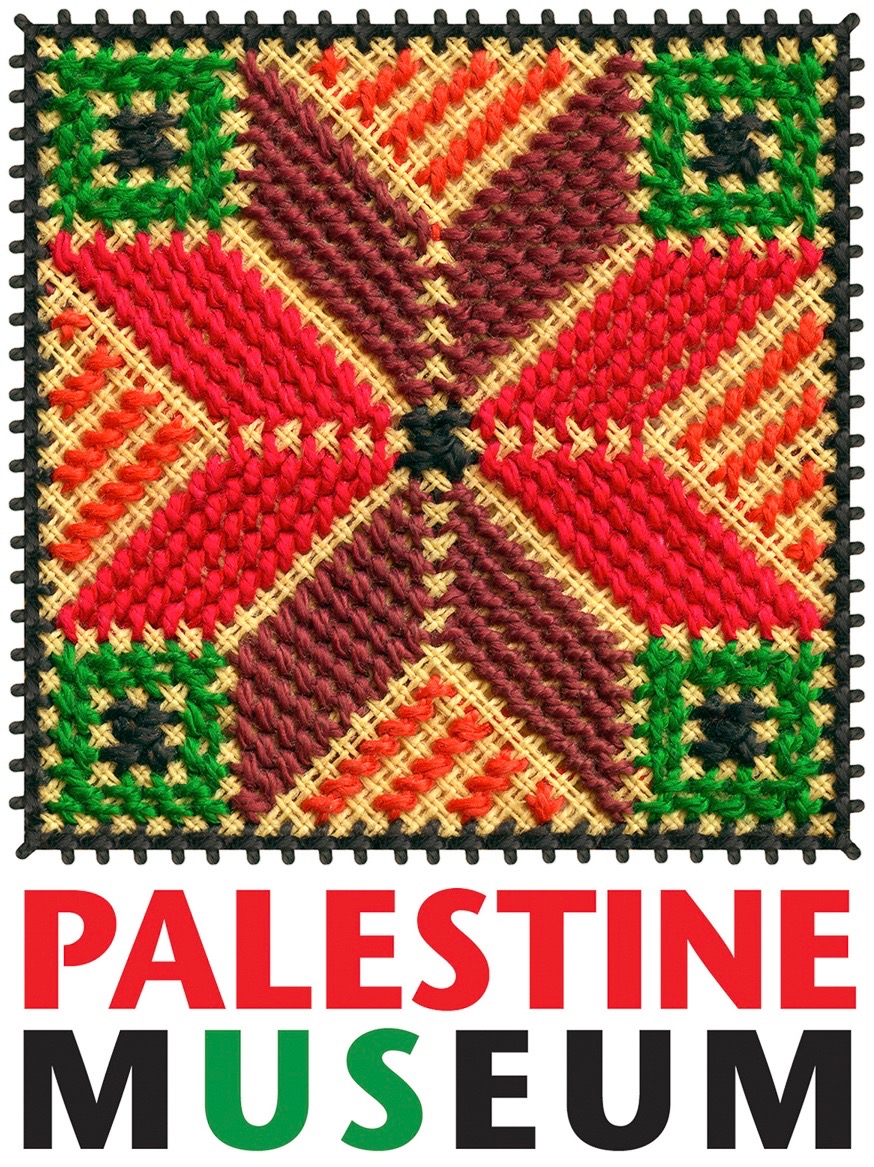Rania Matar
Rania Matar Photo credit Helena Goessens
As a Lebanese-born American artist and mother, Matar’s cross-cultural experience and personal narrative inform her photography.
Her work has been widely exhibited in museums worldwide and is part of the permanent collections of several museums, institutions, and private collections. She had mid-career retrospectives at Cleveland Museum of Art, Amon Carter Museum of Art, and American University of Beirut Museum.
Matar received a 2022 Leica Women Foto Project Award, 2018 Guggenheim Fellowship, 2017 Mellon Foundation artist-in-residency grant, 2011 Griffin Museum of Photography Legacy Award, and Massachusetts Cultural Council Artist Fellowships in 2021, 2011, and 2007. She published four books: SHE, 2021; L’Enfant-Femme, 2016; A Girl and Her Room, 2012; Ordinary Lives, 2009.
Samira, Ramlet Al Bayda, Beirut, Lebanon, 2018
Samira is a third-generation Palestinian refugee living in the refugee camp of Bourj El Barajneh on the outskirts of Beirut. Her grandparents settled in Lebanon in 1948. I have known her and her family since Samira was 5 and I developed a special relationship with her over the years visiting her every time I was in Lebanon. She is now 22. I had been photographing her in the refugee camp for years but in the past few years, we started leaving the camp and taking pictures outside the camp. That was the first time we did this. We went to Ramlet Al Bayda beach on the Mediterranean. She ran into the water and she was so happy. She felt free and alive - at least for the few hours, we were there.
This image is part of my project and new book SHE. The series focuses on young women in their late teens and early twenties. Depicting women in the United States and the Middle East, this project highlights how female subjectivity develops in parallel forms across cultural lines. Each young woman becomes an active participant in the image-making process, presiding over the environment and making it her own. The work is about empowerment and collaboration. I portray the raw beauty of those young women: their age, individuality, physicality, and mystery—and I photograph them the way I, a woman and a mother, see them: beautiful, alive.
Rania Matar, Smira, 2021, 73x92


